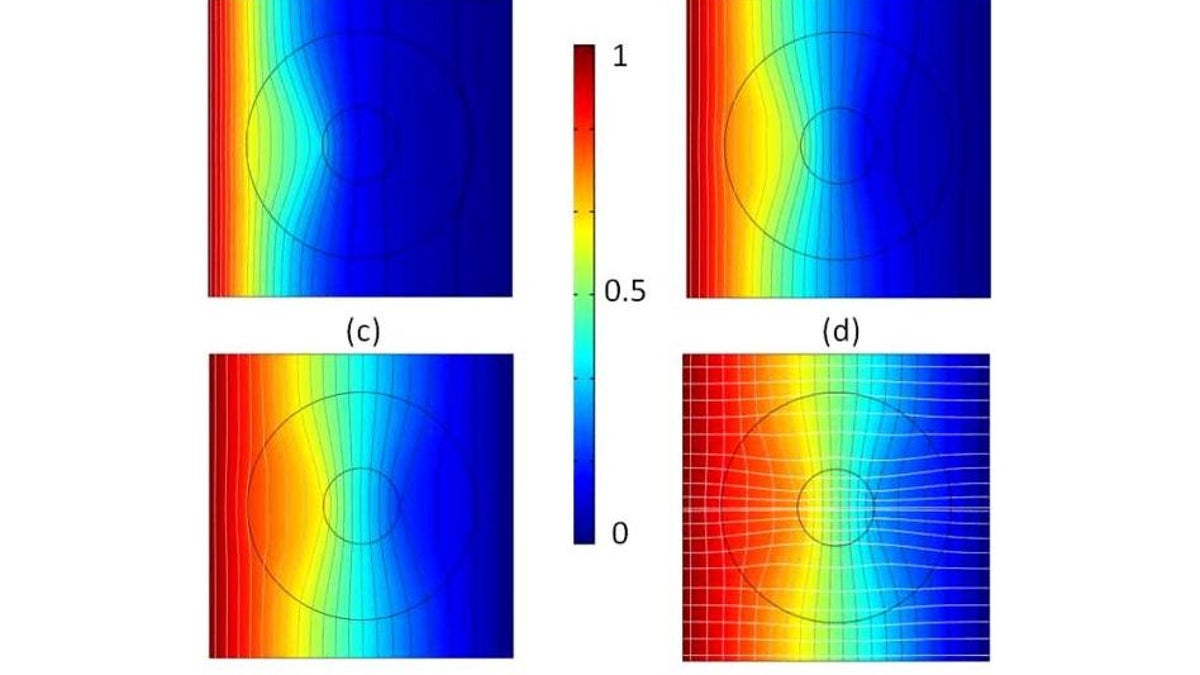Heat shield is new type of 'invisibility cloak'
French researchers say special coatings can isolate objects from heat or concentrate heat, similar to how waves are diffused for cloaking.

Researchers are taking the notion of a light-deflecting "invisibility cloak" into the realm of heat.
A paper in the journal Optics Express yesterday describes a method to control the diffusion of heat similar to how researchers cloak objects to render them invisible.
By controlling how heat flows, the paper's authors intend to build materials that keep electronics cool or concentrate heat for solar power generation. Prototype thermal cloaks for microelectronics are expected to be ready within months.
In the past few years, researchers have made advances in specialized materials that scatter light, sound, or seismic waves which hit an object in a way that counteracts normal reflection. In the case of light, the effect is to cloak the object from view, which can be used for military aircraft or optical instruments.
The Optics Express paper describes the how thermal cloaking can work by applying mathematics from optics. A key difference is that, unlike light waves, heat is diffused, moving from hot to cold. By using special coatings, researchers said they can manipulate how the heat flows.
"We can design a cloak so that heat diffuses around an invisibility region, which is then protected from heat. Or we can force heat to concentrate in a small volume, which will then heat up very rapidly," Sebastien Guenneau, a researcher at the University of Aix-Marseille and France's Centre National de la Reserche Scientifique (CRNS), said in a statement.
Guenneau expects that heat shields could protect microelectronic devices, such as semiconductors, from overheating or in the future, supercomputers and space craft. Concentrating heat from sunlight could make existing solar products more productive, too, he said.
"Our key goal with this research was to control the way heat diffuses in a manner similar to those that have already been achieved for waves, such as light waves or sound waves, by using the tools of transformation optics," he said.

